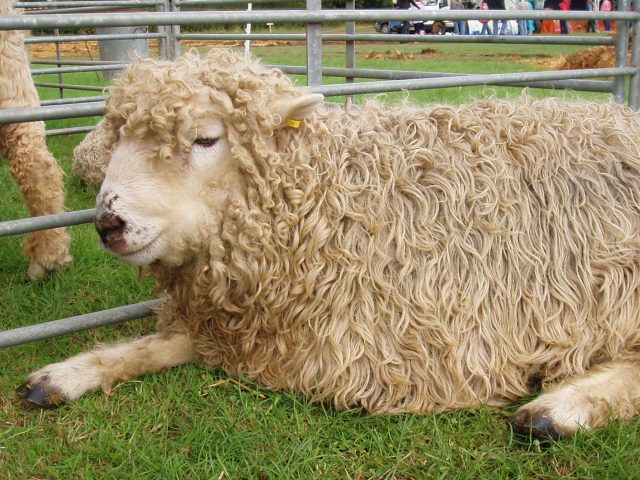Type the name of the breed you're looking for below
[wpdreams_ajaxsearchlite] Don't see the breed your're looking for? Click here and let us know!
Dartmoor sheep
| Place of Origin | England |
| Origin | Also known as the Improved Dartmoor, this sheep is a native of the West Country, in particular Devon. It is descended from local breeds which grazed the low ground around Dartmoor. It is also widely accepted that the breed is a descendant of the native Heath Sheep (Cornish Sheep) of the 17th century which in turn is known to be linked to the Bronze Age Soay type. |
| Purpose | Fiber |
| Characteristics | The Dartmoor is classified as a Lustre and Longwool sheep. It is medium-sized, (approximately 60kg) hornless, deep-bodied, short-legged, with woolled head and legs. The white face should be mottled or spotted, black or gray, with matching feet. A wool clip of 7-9 kg can be expected, with a higher yield (up to 15 kg) from a mature ram. Staple length is 25-20 cms with a Bradford count of 36-40. The wool is used in the manufacturing of blankets as well as tweeds, woolen cloth and carpets. The Dartmoor has an immense constitution developed to withstand the severe winters which exist around the moor. Groups of Dartmoor sheep have remained buried under drifts of snow for days and yet emerged unharmed. Dartmoor ewes are very prolific, bringing about 70% of twins. Being heavy milkers, they are used for crossing with almost every known terminal sire for prime lambs. Lambs reach a dead weight of 20-22 kg in 16 weeks. |
| Other Considerations | The Greyface Dartmoor Breeders Association was formed in order to promote and develop the breed. All sheep are marked by studding, ear tags; bearing, in the case of the ewes, the owner's flock number, preceded by the letters DM and the year of birth and in the case of rams the letters DM with the registered number allotted by the Association. A flock book containing the registrations and other information connected with the breed is published annually. An annual inspection of all lambs take place to ensure that only true-to-type and fully representational animals of the breed are accepted into the Flock Book. |



